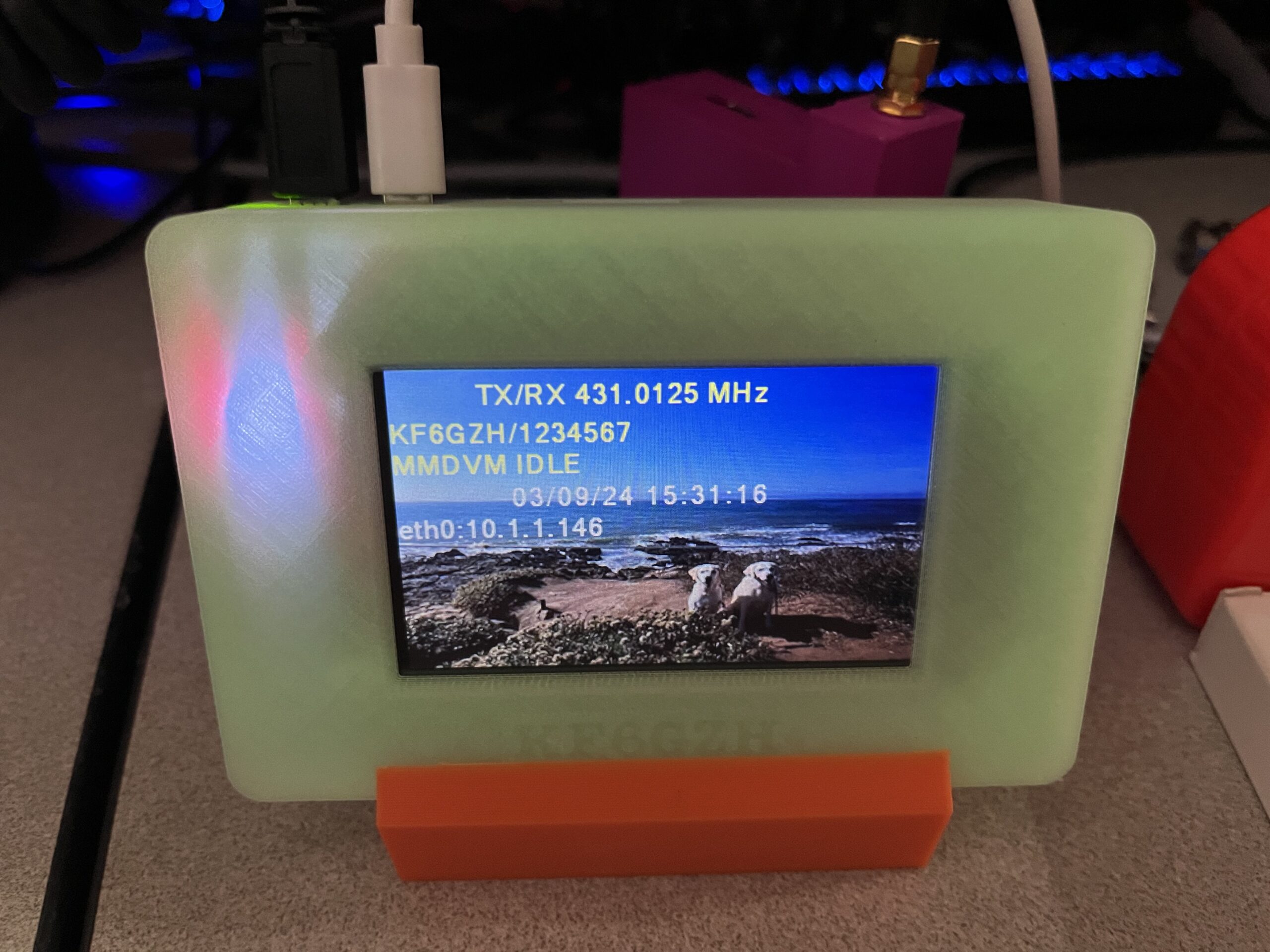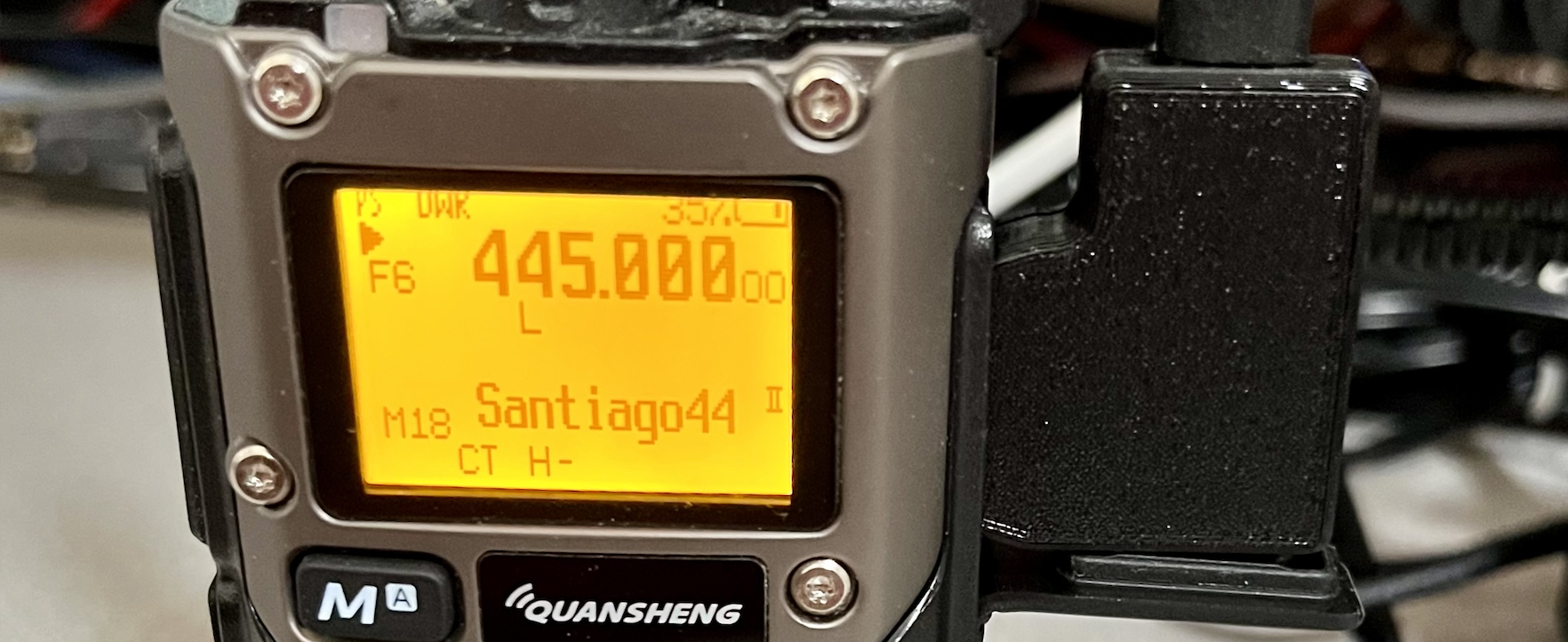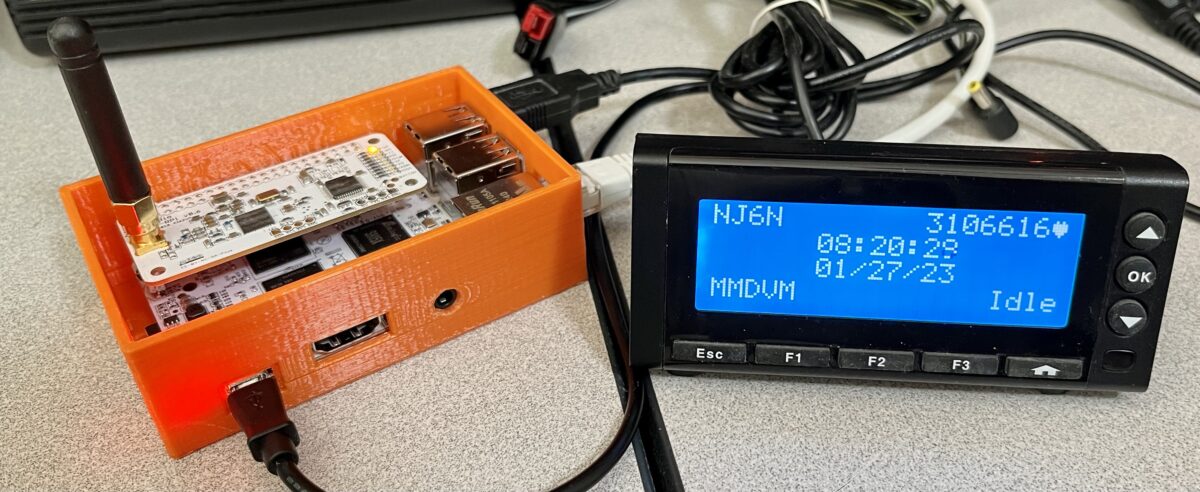Category: Linux
-

OpenWebRX+
I’ve been running OpenwebRX+ for quite a long time now. Recently, a friend in Michigan asked me what I would use to provide a Ham who is out of reach of a repeater with the ability to listen to their weekly net. OpenWebRX immediately came to mind. I had last installed it back in 2023…
-

222 MHz Hot Spot & Repeater
I have always enjoyed the 1.25M band for FM. Recently I was going through my old radios and found two Alinco DR-235 mobile radios. One works great now that I replaced the mic cord. The other one is one that I bought on ebay as a “tech special” It has quite a few problems and…
-

Fun with (IoT?) Displays
At one of the repeater sites there is a remotely addressable power control system. Right now we’re running on emergency generators after a fire took out the power distribution system to the mountain. I thought it might be useful to have a remote display that would reflect the site status. Towards that end, I wired…
-

Dire Wolf & YAAC for APRS
I had an old Icom ID-880H lying around. The ID-880H has something many radios lack, a Data port! That gave me an excuse to buy another Masters Communications Radio Adapter kit! The DRA-50 is very similar to the RA-35/RA-42 interfaces that I’ve used before. The DRA series of adapters are designed to be used in…
-

More MMDVM hot spots
I needed to replace a broken hot spot case recently. At first, I reprinted my original ugly square ZumSpot + Nextion design from years ago. I was happy to be able to print it using ABS with my new printer. But I got to thinking how my newer design, a rechargeable ZumSpot+Nextion Hot Spot could…
-

All-In-One-Cable Interface with svxLink
I recently saw a video by Hayden, VK7HH on his Ham Radio DX Youtube channel about a new “All In One Cable” (AIOC) computer <=> radio interface. I found a HackADay article about it that was very interesting as well. The AIOC is an STM32 based microcontroller that emulates a sound card and provides a…
-

Raspberry Pi Pico W
Background I’ve built a few projects in the past using the Arduino platform. Arduino uses a variant of the C++ programming language which works well for microcontroller projects. I built my Ham Clock using a version of the Espressif ESP8266 from Adafruit called the “Feather HUZZAH” and became interested in this platform as well. The…
-

OpenWebRX+ on AtomicPi
OpenWebRX is a software defined radio (SDR) web application that enables users to listen to analog and digital signals received by an attached SDR device through their web browser. As the name implies, it is a receive only application. I had recently acquired a great single board computer to run this on. OpenWebRX can demodulate/decode…
-

SweetPotatoPi?
I’m not sure what you might want to call it, but my goal was to learn what the component parts of the very popular suite of Digital Voice applications that make up “Pi-Star” were, and how they interacted with each other. I wanted to use non-Raspberry Pi hardware since Raspberry Pi hardware is scarce and…
-

Using BF888S UHF Radio w/ svxLink
Continuing my experimentation with cheap radios to create svxLink nodes, my next victim is the BaoFeng BF888S. For about $25 including tax you can acquire two BF-888s radios with accessories. These radios are incredibly cheaply made but should be suitable to use for a low power analog node. They are UHF and cover 400-470 MHz…